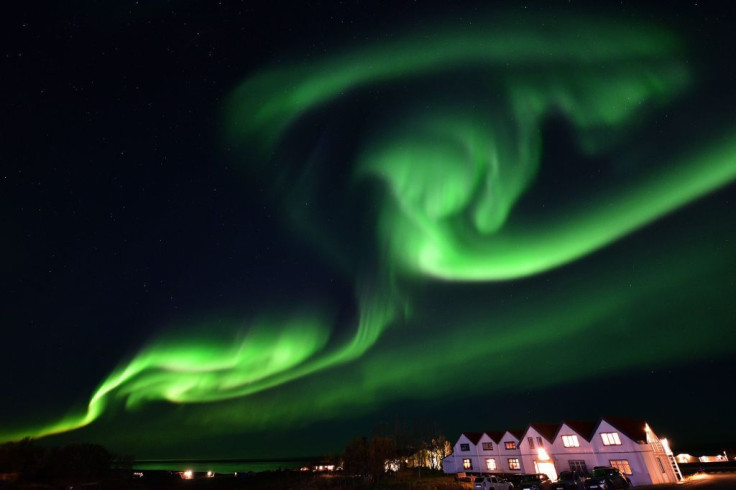Geomagnetic Storm Alert: People In Some Areas Could See Auroras This Week
KEY POINTS
- Geomagnetic storm watches for Sept. 1 and 2 have been posted
- These storm watches are said to be "minor" and "moderate"
- Areas in high latitudes may witness stunning auroras
The Earth is under geomagnetic storm watches this week due to activity on the surface of the sun several days ago. Some parts of the U.S. may even get to witness an aurora.
The National Weather Service's Space Prediction Center (SWPC) posted geomagnetic storm watches for Sept. 1 and 2 recently. This comes after two coronal mass ejections (CME) that erupted from the sun on Aug. 28.
Even before the two solar flares, "sun-watchers" already observed increased activity from the sun, EarthSky reported. Eight C-class solar flares were produced in the active region 12860, then on Aug. 28, the region produced a larger, M4 X-ray flare that resulted in an R1 or minor radio blackout on the side of the Earth that was facing the sun. Another one erupted later that day and now two CMEs are headed for the Earth.
"Both CMEs were modeled and while results were not entirely conclusive, consensus is that these CMEs could possibly reach Earth on 01-02 September," SWPC noted. "Should these CMEs materialize, combined effects from the two transients have the potential to result in G1-G2 storm conditions."
Under the National Oceanic and Atmospheric Administration's (NOAA) space weather scales, G1 and G2 geomagnetic storms are considered "minor" and "moderate," respectively. Although they are both on the lower end of the scale, they can still have certain effects such as "minor impact on satellite operations" while high-latitude power systems may also "experience voltage alarms."
"Migratory animals are affected at this and higher levels," the agency said, adding that auroras may also be visible at higher latitudes, for instance in Maine and northern Michigan.
In this case, even people from "as far south" as New York and Idaho may catch a glimpse of auroras during the event, SpaceWeather.com said in a report.
"Storms like these do no damage to power grids or satellites," the outlet noted. "They can, however, produce beautiful auroras at high latitudes. A light show is possible in Scandinavia, Iceland, Canada, and even some northern-tier US states."
Destinations in the U.S. where people could get good views of the auroras include the Denali National Park and Preserve in Alaska, the Idaho Panhandle National Forest and Michigan's Upper Peninsula.

© Copyright IBTimes 2024. All rights reserved.





















